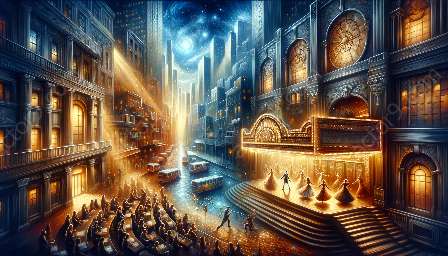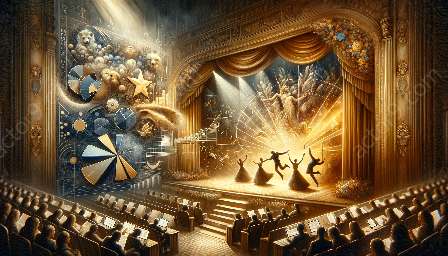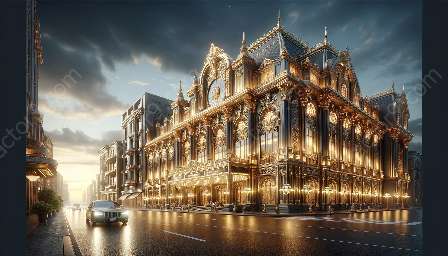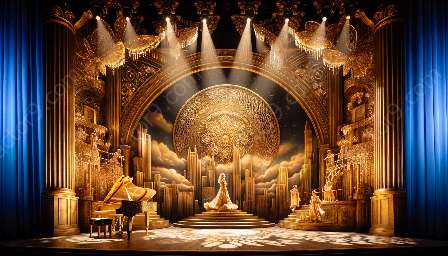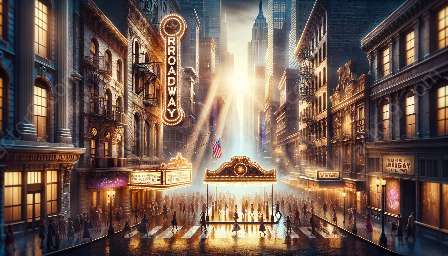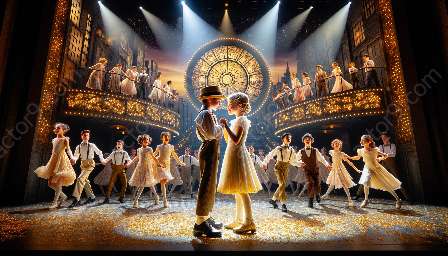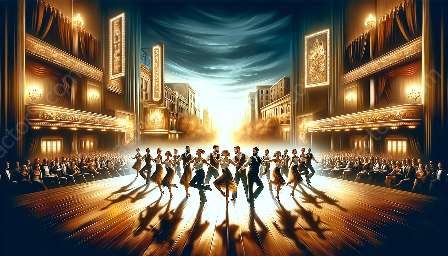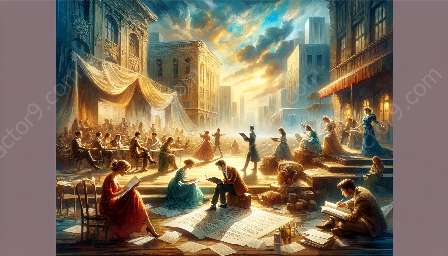Designing and constructing Broadway theatres involves a complex interplay of economic factors that significantly impact the theatre industry. In this comprehensive discussion, we delve into the economic considerations involved in the architectural design and construction of Broadway theatres and examine their influence on the broader landscape of Broadway and musical theater. From historical perspectives to modern trends, we explore the financial, cultural, and societal implications of Broadway theatres architecture.
Historical Context
The economic considerations in Broadway theatres architecture are deeply rooted in the historical development of theater districts and the rise of the modern Broadway industry. From the early 20th century to present day, financial investments and economic feasibility have shaped the design and construction of iconic Broadway venues, reflecting the ever-evolving landscape of theatrical entertainment.
Financial Viability
At the core of architectural decision-making is the financial viability of Broadway theatres. Balancing construction costs, maintenance expenses, and revenue generation through ticket sales, concessions, and ancillary services is a critical aspect of the economic considerations. Architects and developers must assess the long-term profitability and sustainability of theatre designs, aligning artistic vision with commercial success.
Urban Development and Real Estate
Broadway theatres play a pivotal role in urban development and real estate economics. The architectural design and construction of these venues contribute to the revitalization and economic growth of theater districts, driving property values, tourism, and local businesses. Real estate developers and city planners closely collaborate with architectural teams to optimize the economic impact of Broadway theatres within the urban fabric.
Technological Advancements
The intersection of technology and architecture is a significant factor in the economic considerations of Broadway theatres. Incorporating state-of-the-art audiovisual systems, acoustics, and stage equipment while balancing the associated costs presents a unique economic challenge. The integration of sustainable and energy-efficient design practices further influences the long-term operational expenses and environmental impact of Broadway venues.
Regulatory Compliance and Risk Management
Economic considerations also encompass regulatory compliance and risk management in architectural design and construction. Meeting building codes, safety standards, and accessibility requirements adds a layer of financial planning and resource allocation. Furthermore, mitigating potential risks, such as construction delays and unforeseen expenses, is crucial in ensuring the economic feasibility of Broadway theatres projects.
Cultural and Social Impact
Architectural decisions relating to Broadway theatres extend beyond financial metrics to encompass cultural and social impact. The design and construction of these venues contribute to the preservation of artistic heritage, community engagement, and the enrichment of public spaces. Considering the economic value of culture and social cohesion, architects seek to balance commercial imperatives with the intangible benefits accrued by vibrant theatrical environments.
Environmental Sustainability
In an era of heightened awareness of environmental sustainability, the economic considerations in Broadway theatres architecture increasingly emphasize green building practices, resource efficiency, and ecological stewardship. The integration of renewable energy solutions, waste management strategies, and sustainable materials presents both challenges and opportunities from a financial standpoint, driving investment in environmentally responsible designs.
Global Perspectives and Market Trends
Expanding our view to global perspectives and market trends, the economic considerations of Broadway theatres architecture are influenced by international competition, demographic shifts, and evolving audience preferences. Architects and stakeholders must navigate the complexities of a globalized marketplace, adapting designs to align with economic realities and cultural dynamics that transcend national borders.
Impact on Broadway and Musical Theater Industry
The economic considerations involved in architectural design and construction significantly impact the Broadway and musical theater industry, shaping the artistic landscape and the visitor experience. From ticket affordability and production budgets to audience accessibility and the diversity of theatrical offerings, the financial underpinnings of Broadway theatres architecture reverberate throughout the entire ecosystem of live entertainment.
In conclusion, the economic considerations in the architectural design and construction of Broadway theatres encompass a multifaceted interplay of historical, financial, cultural, and environmental factors. Understanding the intricate relationship between economics and architecture is pivotal in advancing the sustainability and vibrancy of the Broadway and musical theater industry.





